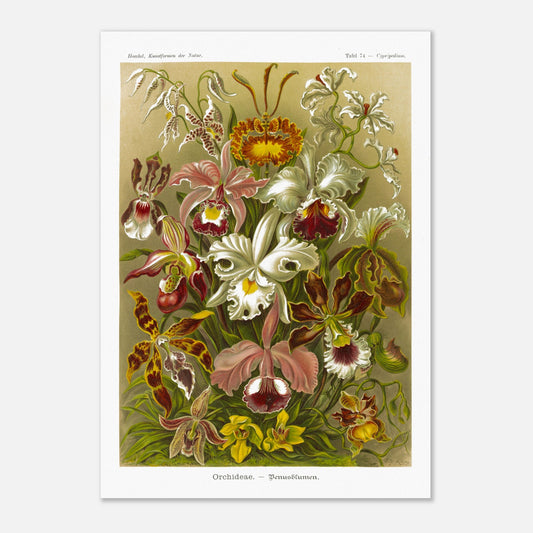Flowers of Venus - Decorative encyclopedic plate - Ernst Haeckel, Kunstformen der Natur
Flowers of Venus - Decorative encyclopedic plate - Ernst Haeckel, Kunstformen der Natur
Couldn't load pickup availability
Engraving reproduction of: Flowers of Venus
Original title Orchideae - Venusblumen
Cypripedium Poster - Flowering plants of the Orchid family (Main class Angiosperms, Class Monocotyledons, Monocotyledoneae)
Illustration from the book Kunstformen der Natur, which is a collection of artistic lithographs of natural sciences published by the German biologist Ernst Haeckel between 1899 and 1904.
This naturalistic illustration is part of an overall style inspired by Ernst Haeckel, which greatly influenced the emerging Art Nouveau movement at the beginning of the 20th century. This work, illustrating the impressive beauty and great diversity of the biological world, was complemented by a certain amount of scientific information, some excerpts of which are reproduced below.
This information is over 120 years old and some of it may be outdated!
Scientific classification:
Phylum of flowering plants (Phanerogamae or Anthophyta) Main class Angiosperms (Angiospermae) Class Monocotyledons (Monocotylae) Legion of Gynandres (Gynandrae) Family of Venus Flowers or Cuckoo Flowers (Orchideae)
Scientific notice (extract) accompanying the poster print of Orchideae - Fleurs de Vénus :
Orchids or "Venus flowers" are at the top of the Monocotyledons in terms of the beautiful and varied "artistic forms" of their flowers, just as the Papilionaceae or "butterfly flowers" are at the top of the Dicotyledons. In both of these form-rich families, the polymorph flower is distinguished by its bilateral basic form (bilateral, dorsiventral or zygomorphic basic form): it allows for a right and a left side, a dorsal and a ventral side to be distinguished. In both families, this bilaterally symmetrical basic form of the flower arose, by secondary adaptation, from a regular-radiate or primary-radiate form, which was three-rayed in Monocotyledons and five-rayed in Dicotyledons. The bilateral three-rayed flower of orchids can be derived from the triradial-regular flower of some lily-like Amaryllidae (with five cycles of three-parted leaves), and likewise the bilateral five-rayed flower of Papilionaceae from the pentaradial-regular flower of some rose-like Rosaceae (with five cycles of five-parted leaves). In both families, the flower is superior (above the ovary), and a single median petal is distinguished by its particular size, shape, and usually also its color: in orchids, it is the labellum (Labellum), in Papilionaceae, it is the standard (Vexillum). In both families, this particular flower structure arose from adaptation to fertilization by insects, thus erasing the original form transmitted by heredity from ancestors. At the same time, natural selection has also influenced in various ways the shape of the insects that ensure fertilization, which explains the striking similarity of these zygomorphic flowers to bees and bumblebees, flies and butterflies. In the same way, the theory of selection also explains quite satisfactorily the remarkable and infinitely varied formations of the individual parts of the flower, which are brought about by the mutual adaptation of the flowers and the insects that fertilize them; mimetic adaptation and the attraction of flying insects by the striking shape and bright coloring of the flowers play a very important role. Attracted by the sweet nectar at the bottom of the flower, bees, flies, butterflies, etc. seek this sap at the bottom of the flower, in the process rub the pollen from the stamens and transfer it to the next flower they visit. Thus, the disadvantageous permanent self-fertilization of the flowers is limited and advantageous reciprocal cross-pollination is facilitated. Since more than 6,000 living species of orchids and more than 5,000 of papilionaceae are known, and the number of closely related insect species (hymenoptera, flies, butterflies) is even greater, the extraordinary diversity of their striking floral forms is easily explained. Orchids are most often represented in the temperate zone by smaller, terrestrial species, while in the warm zone they are represented by a much larger number of imposing, mainly epiphytic species. Our plate shows a small selection of the latter in actual size. The six colorful perianth leaves are grouped in two circles in such a way that the three smaller, narrower leaves in the outer circle are further back; of the three larger, usually broader leaves in the inner circle, the two lateral ones are developed in pairs; the unnumbered middle leaf (originally dorsal, in the middle of the back) forms the large, beautiful labellum (Labellum). Opposite this, in the middle of the ventral side, is the column (Columna), the characteristic floral part of orchids, which arose from the fusion of the female styles with the male filaments (hence the old class name: Gynandria - Gynandres, for strictly hermaphroditic orchids). Generally, of the six stamens (three internal and three external), only one is developed, the ventral or abdominal one of the outer circle; its anther is located at the top of the column, above the stigma. In the particular formation of these two most important sexual organs, the male pollinaria and the female style, selection has developed over time an abundance of the most suitable devices.
Species present on the naturalist board of Venus Flowers - Cypripedium :
- Odontoglossum naevium
- Oncidium kramerianum
- Odontoglossum ramosissimum
- Odontoglossum schroederianum
- Cattleya ballanthiniana
- Cattleya mendellii
- Cypripedium lemoinieri
- Cattleya rochellensis
- Cypripedium leeanum
- Odontoglossum wattianum
- Cattleya labiata
- Epidendrum atropurpureum
- Cypripedium argus
- Paphinia rugosa
- Zygopetalum xanthinum
- Oncidium laxense
About this print
About this print
The layout and composition of this reproduction have been the subject of our greatest attention.
- Respect for the format of the original work: in order to faithfully transcribe the artist's intention, the work is not cropped/re-cut except in extreme cases (obvious imperfection, geometry problem, etc.) in which case the cropping will be as light as possible.
- The presence of white margins is sometimes necessary in order to present the work in a balanced manner.
- Each size offered has been specifically composed, therefore, the size of the white margins may vary from one print size to another. Remember to check this detail carefully!
- Print only, frame not included!
Features
Features
- Premium 200gsm matte white paper, durable and strong.
- Natural, smooth uncoated finish, silky to the touch
- FSC certified paper or equivalent certifications depending on regional availability.
- Each print is shipped in sturdy packaging, ensuring safe transport.
- Each print is printed and shipped on demand. No minimum order quantity is required.
Share !
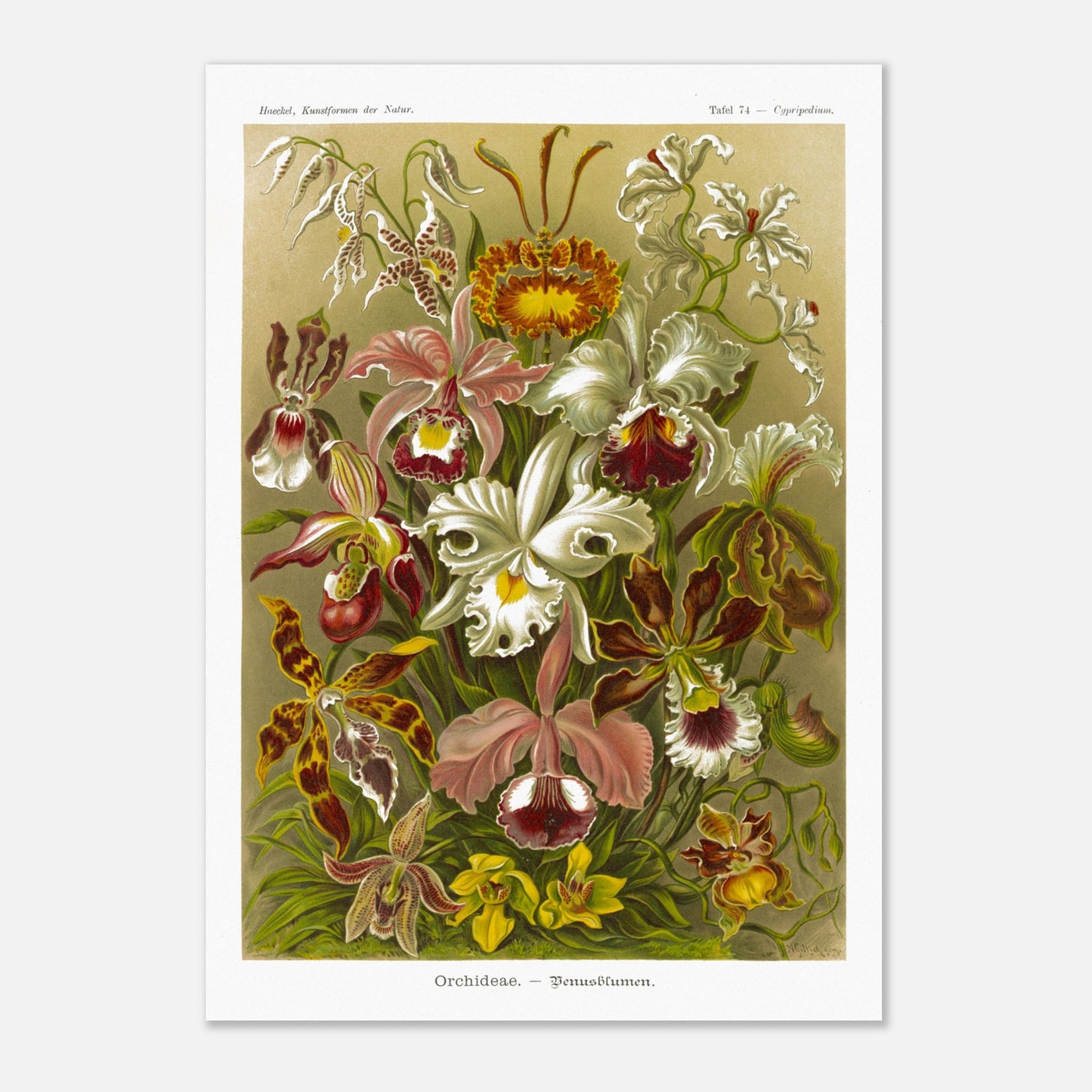
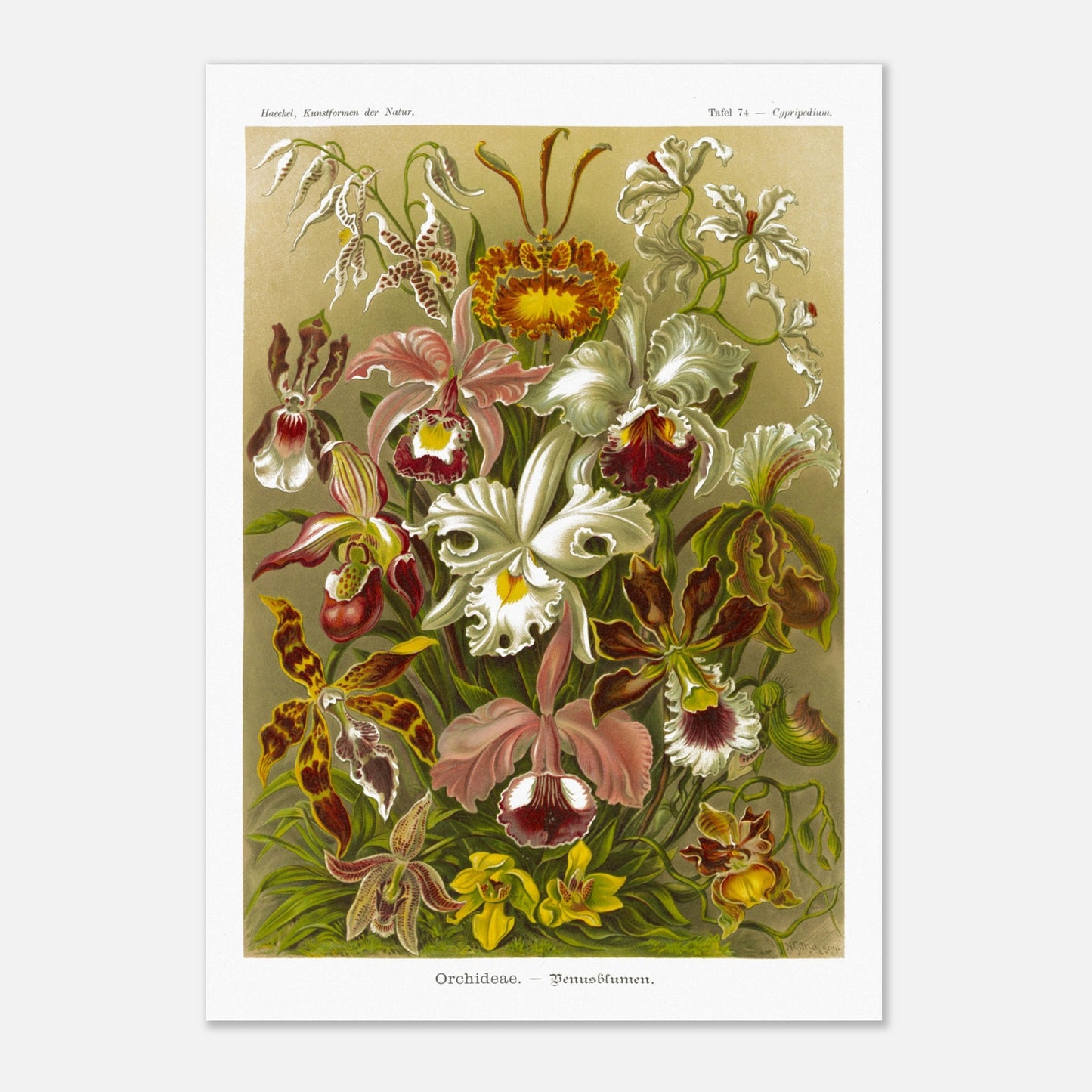
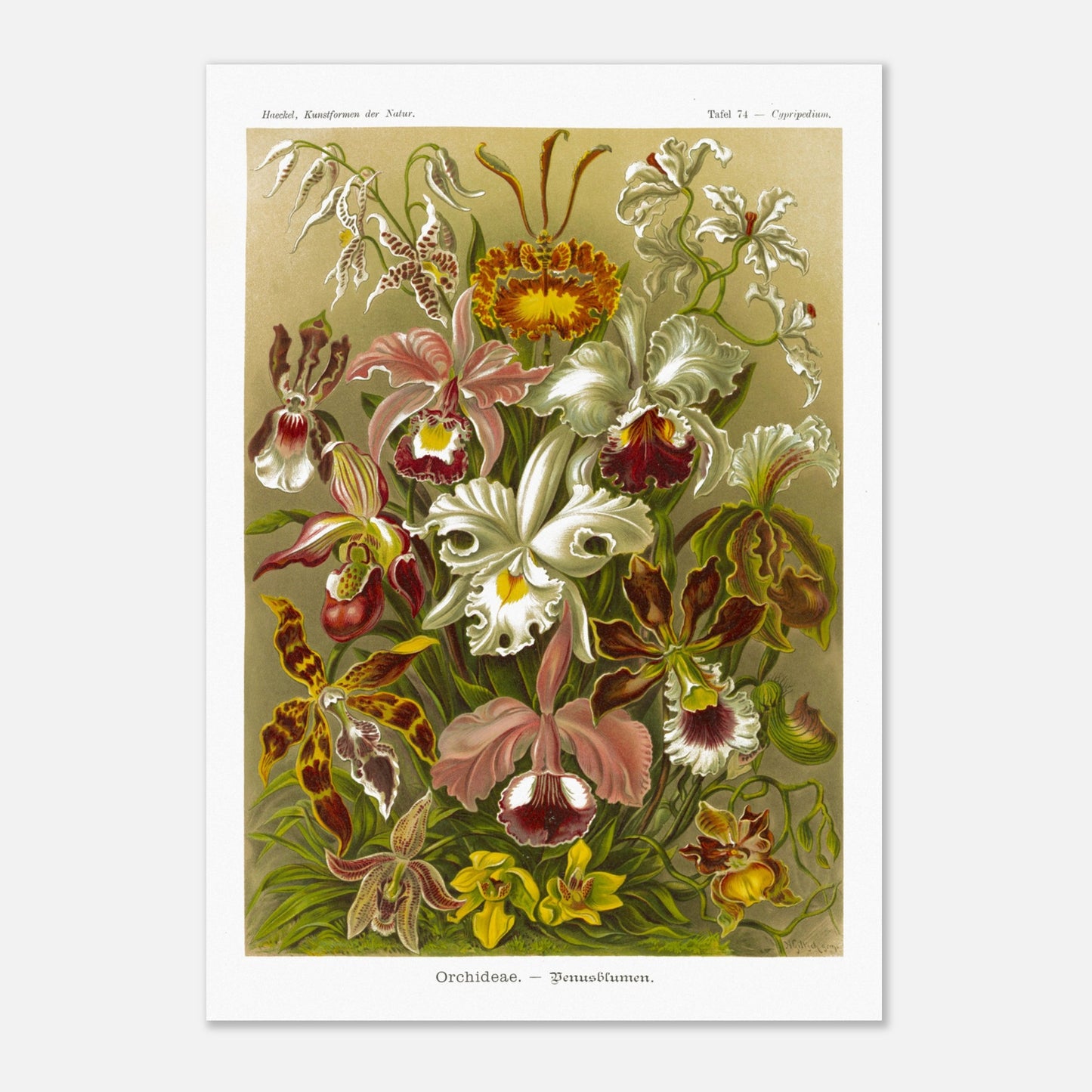
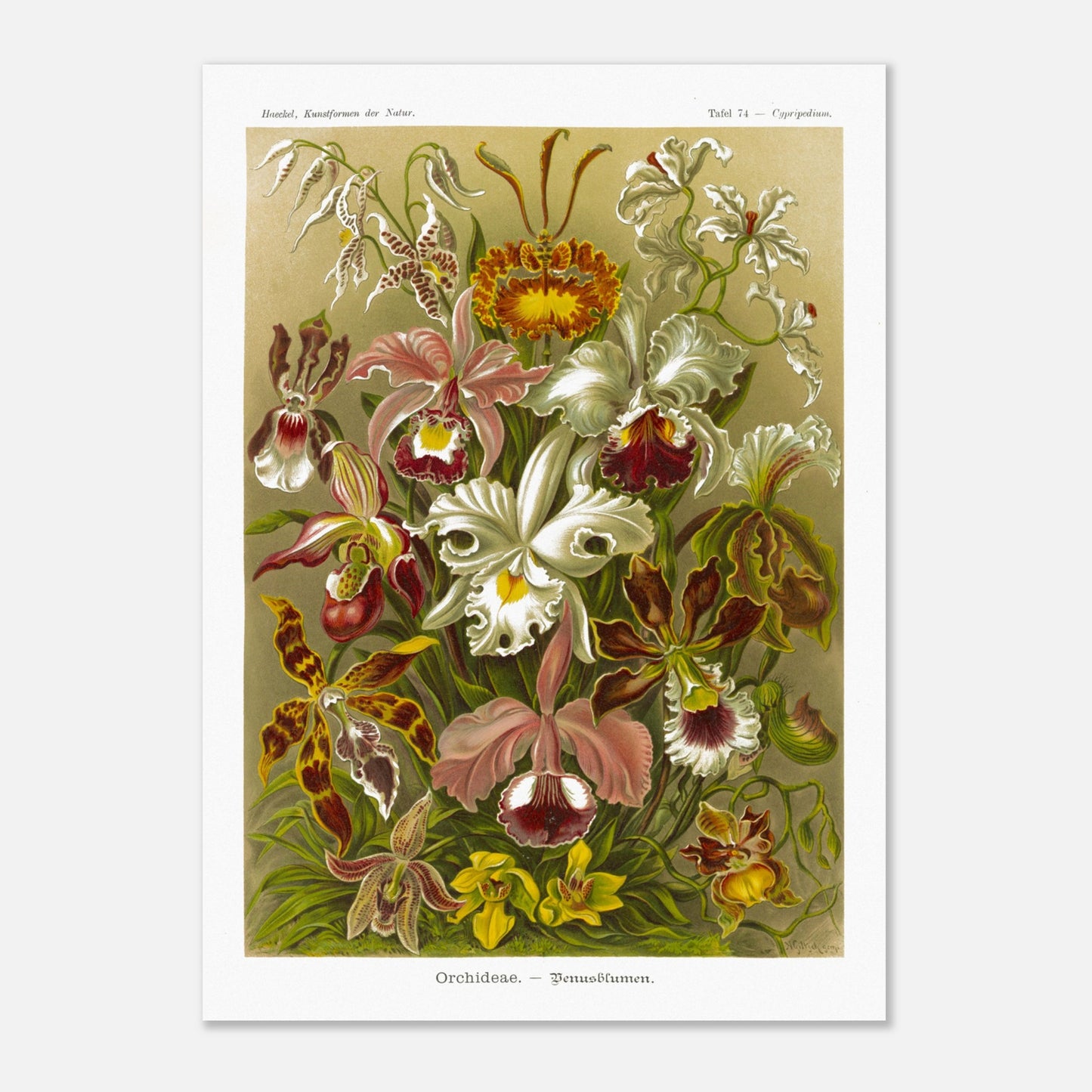
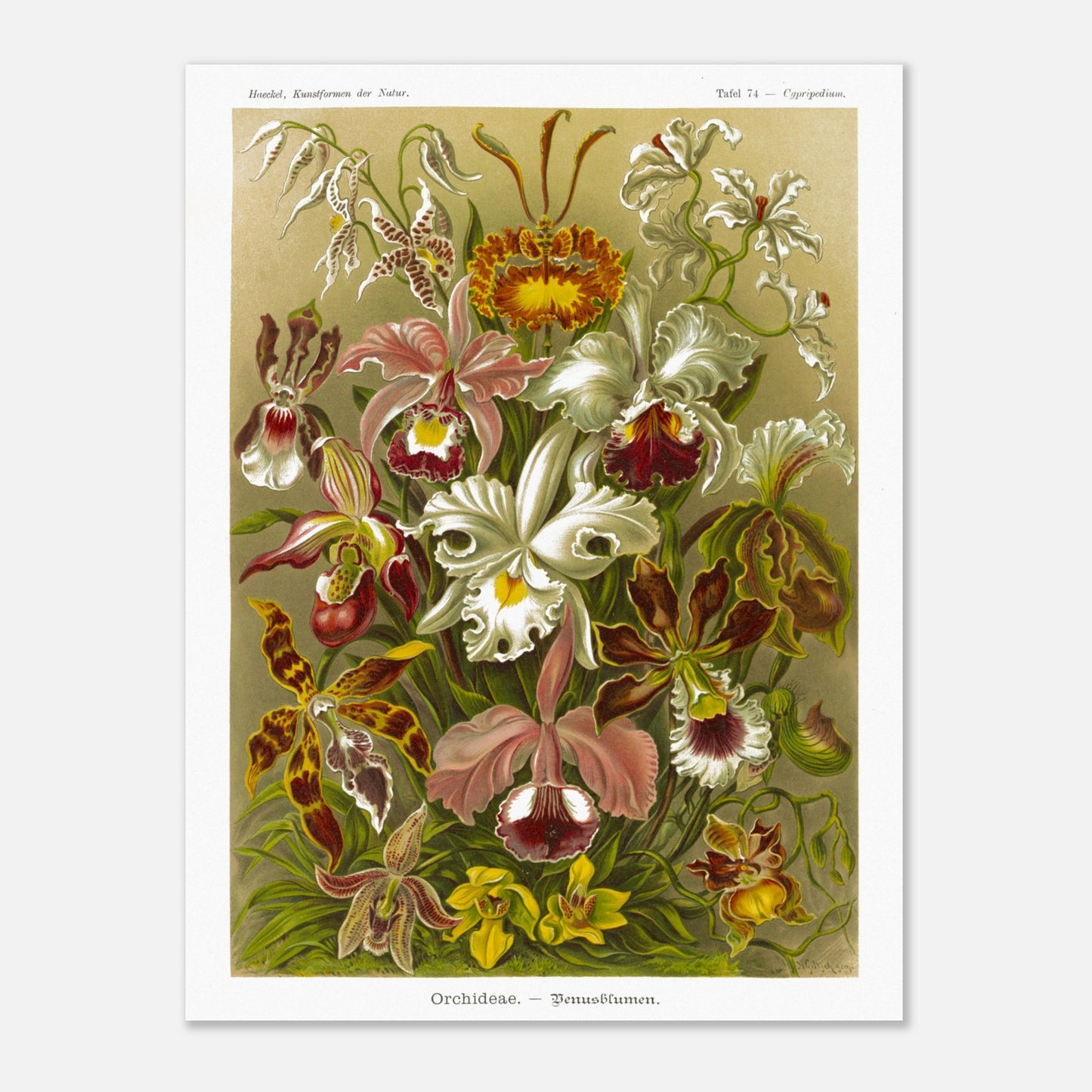
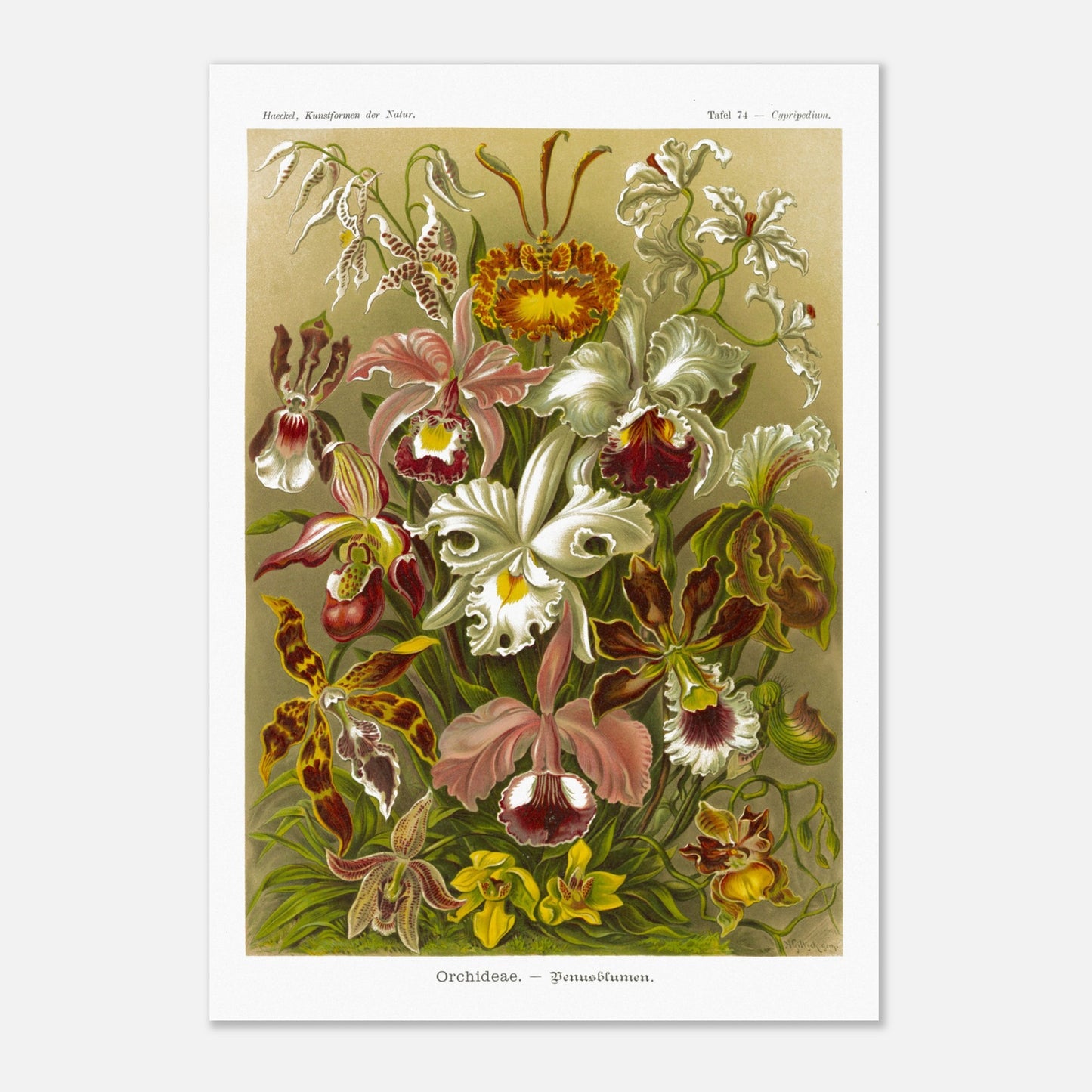
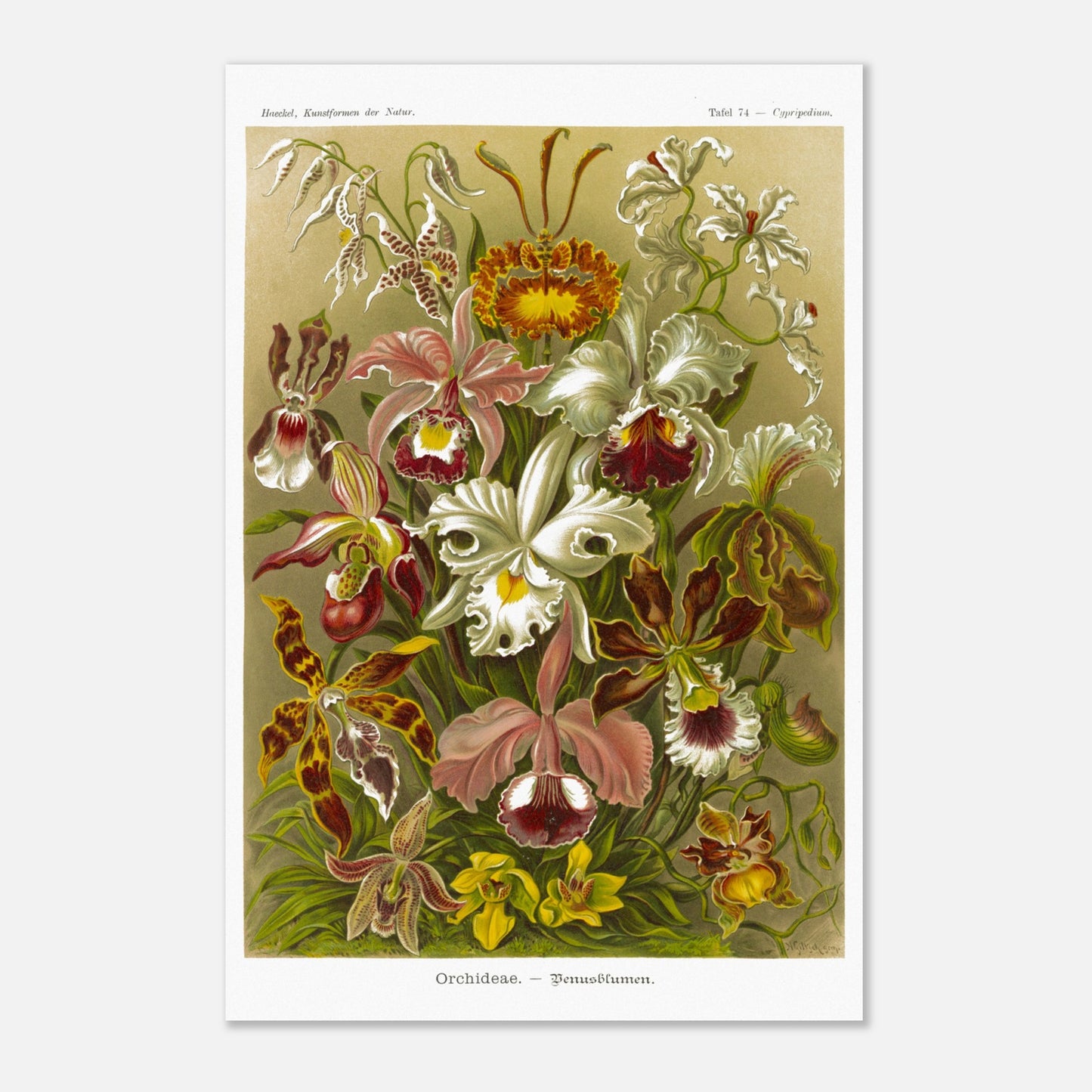
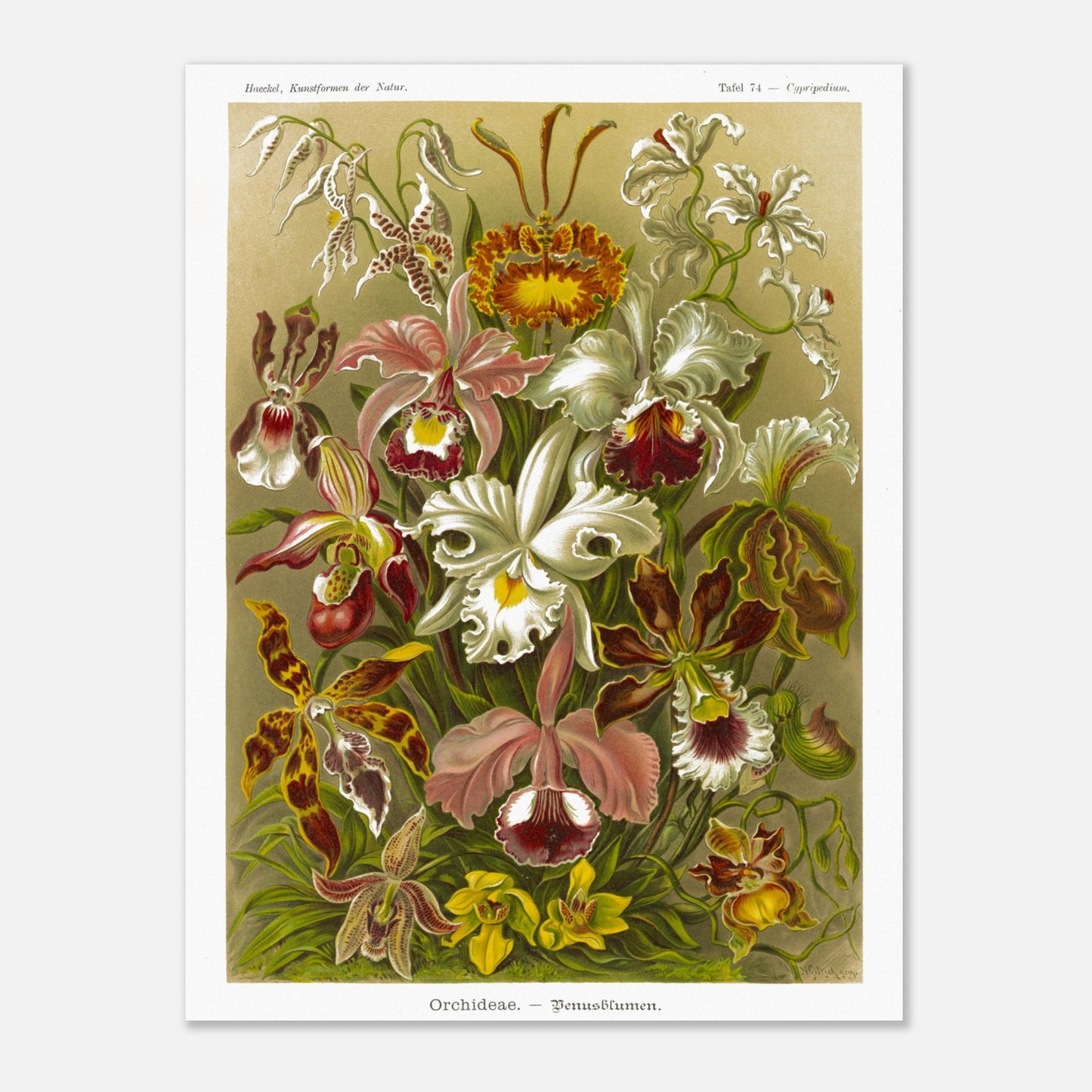
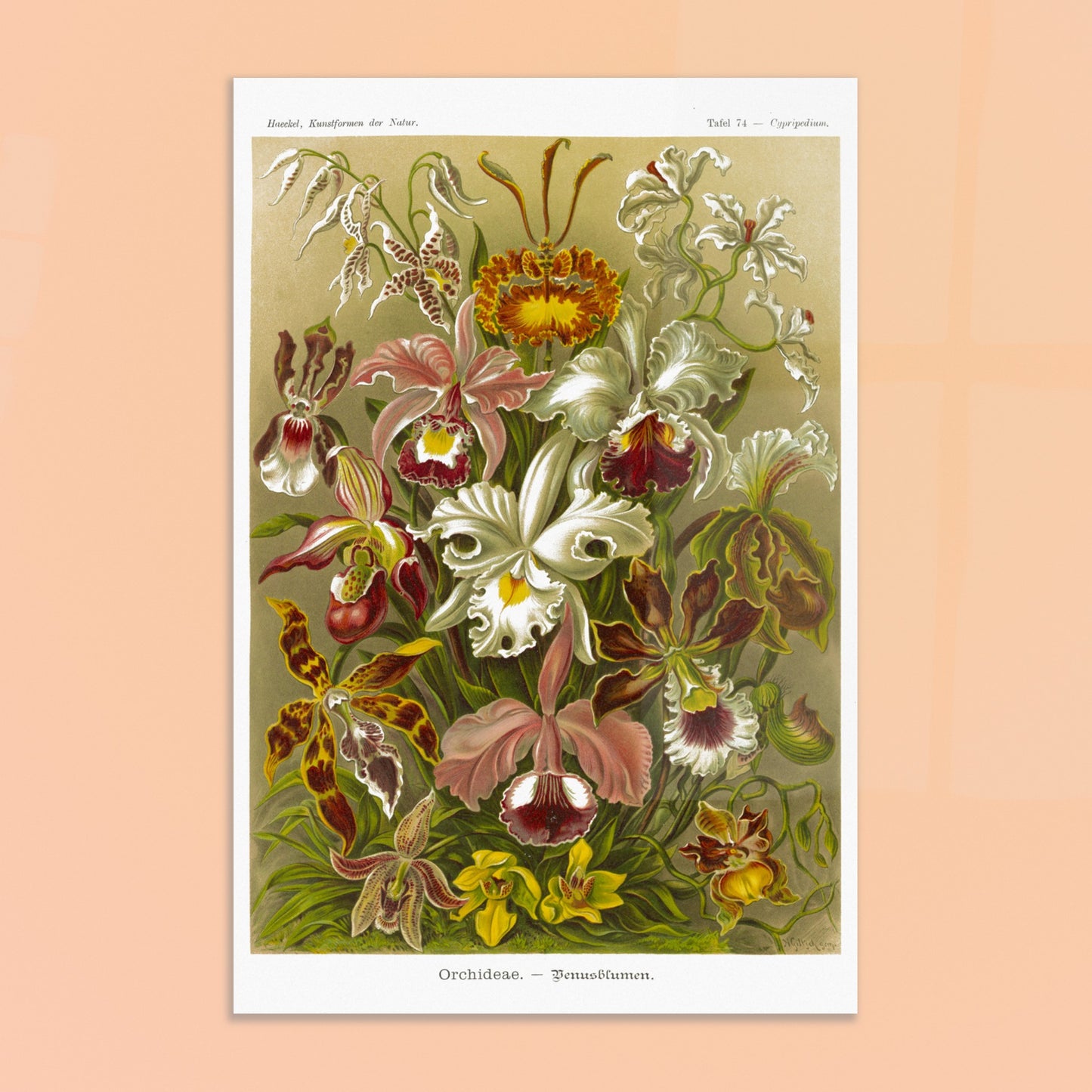
We are listening to you
If you are looking for a specific composition, a particular layout, or any other customization need, our team is at your disposal and will do everything possible to meet your requests.
So don't hesitate to...




